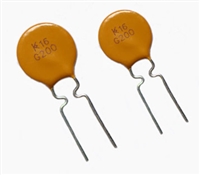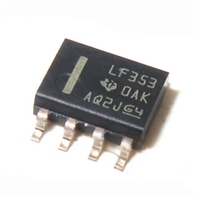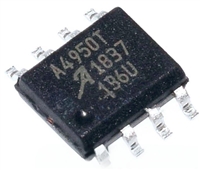| 是否无铅: | 不含铅 | 是否Rohs认证: | 符合 |
| 生命周期: | Active | 零件包装代码: | SOIC |
| 包装说明: | SOP, SOP8,.25 | 针数: | 8 |
| Reach Compliance Code: | compliant | ECCN代码: | EAR99 |
| HTS代码: | 8473.30.11.80 | Factory Lead Time: | 6 weeks |
| 风险等级: | 0.66 | Samacsys Confidence: | 3 |
| Samacsys Status: | Released | 2D Presentation: | https://componentsearchengine.com/2D/0T/232132.1.2.png |
| Schematic Symbol: | https://componentsearchengine.com/symbol.php?partID=232132 | PCB Footprint: | https://componentsearchengine.com/footprint.php?partID=232132 |
| 3D View: | https://componentsearchengine.com/viewer/3D.php?partID=232132 | Samacsys PartID: | 232132 |
| Samacsys Image: | https://componentsearchengine.com/Images/9/DS1307ZN+T &R.jpg | Samacsys Thumbnail Image: | https://componentsearchengine.com/Thumbnails/1/DS1307ZN+T &R.jpg |
| Samacsys Pin Count: | 8 | Samacsys Part Category: | Integrated Circuit |
| Samacsys Package Category: | Small Outline Packages | Samacsys Footprint Name: | 21-0041 |
| Samacsys Released Date: | 2015-11-27 03:38:06 | Is Samacsys: | N |
| 最大时钟频率: | 0.032 MHz | 信息访问方法: | I2C |
| 中断能力: | N | JESD-30 代码: | R-PDSO-G8 |
| JESD-609代码: | e3 | 长度: | 4.9 mm |
| 湿度敏感等级: | 1 | 端子数量: | 8 |
| 计时器数量: | 1 | 最高工作温度: | 85 °C |
| 最低工作温度: | -40 °C | 封装主体材料: | PLASTIC/EPOXY |
| 封装代码: | SOP | 封装等效代码: | SOP8,.25 |
| 封装形状: | RECTANGULAR | 封装形式: | SMALL OUTLINE |
| 峰值回流温度(摄氏度): | 260 | 电源: | 5 V |
| 认证状态: | Not Qualified | 座面最大高度: | 1.75 mm |
| 子类别: | Timer or RTC | 最大供电电压: | 5.5 V |
| 最小供电电压: | 4.5 V | 标称供电电压: | 5 V |
| 表面贴装: | YES | 技术: | CMOS |
| 温度等级: | INDUSTRIAL | 端子面层: | Matte Tin (Sn) |
| 端子形式: | GULL WING | 端子节距: | 1.27 mm |
| 端子位置: | DUAL | 最短时间: | SECONDS |
| 处于峰值回流温度下的最长时间: | NOT SPECIFIED | 易失性: | YES |
| 宽度: | 3.9 mm | uPs/uCs/外围集成电路类型: | TIMER, REAL TIME CLOCK |
| Base Number Matches: | 1 |
| 型号 | 品牌 | 描述 | 获取价格 | 数据表 |
| DS1307N+ | MAXIM | 64 x 8, Serial, I2C Real-Time Clock |
获取价格 |

|
| DS1307Z | DALLAS | 64 X 8 Serial Real Time Clock |
获取价格 |

|
| DS1307Z | MAXIM | 64 x 8, Serial, I2C Real-Time Clock |
获取价格 |

|
| DS1307Z/T&R | MAXIM | Real Time Clock, Volatile, 1 Timer(s), CMOS, PDSO8, 0.150 INCH, SOIC-8 |
获取价格 |

|
| DS1307Z/T&R | MAXIM | 64 x 8, Serial, I2C Real-Time Clock |
获取价格 |

|
| DS1307Z/TR | MAXIM | 64 x 8, Serial, I2C Real-Time Clock |
获取价格 |

|
 NTC热敏电阻与PTC热敏电阻的应用原理及应用范围
NTC热敏电阻与PTC热敏电阻的应用原理及应用范围

 GTO与普通晶闸管相比为什么可以自关断?为什么普通晶闸管不能呢?从GTO原理、应用范围带你了解原因及推荐型号
GTO与普通晶闸管相比为什么可以自关断?为什么普通晶闸管不能呢?从GTO原理、应用范围带你了解原因及推荐型号

 LF353数据手册解读:特性、应用、封装、引脚说明、电气参数及替换型号推荐
LF353数据手册解读:特性、应用、封装、引脚说明、电气参数及替换型号推荐

 A4950资料手册解读:特性、应用、封装、引脚功能、电气参数及代换型号
A4950资料手册解读:特性、应用、封装、引脚功能、电气参数及代换型号
